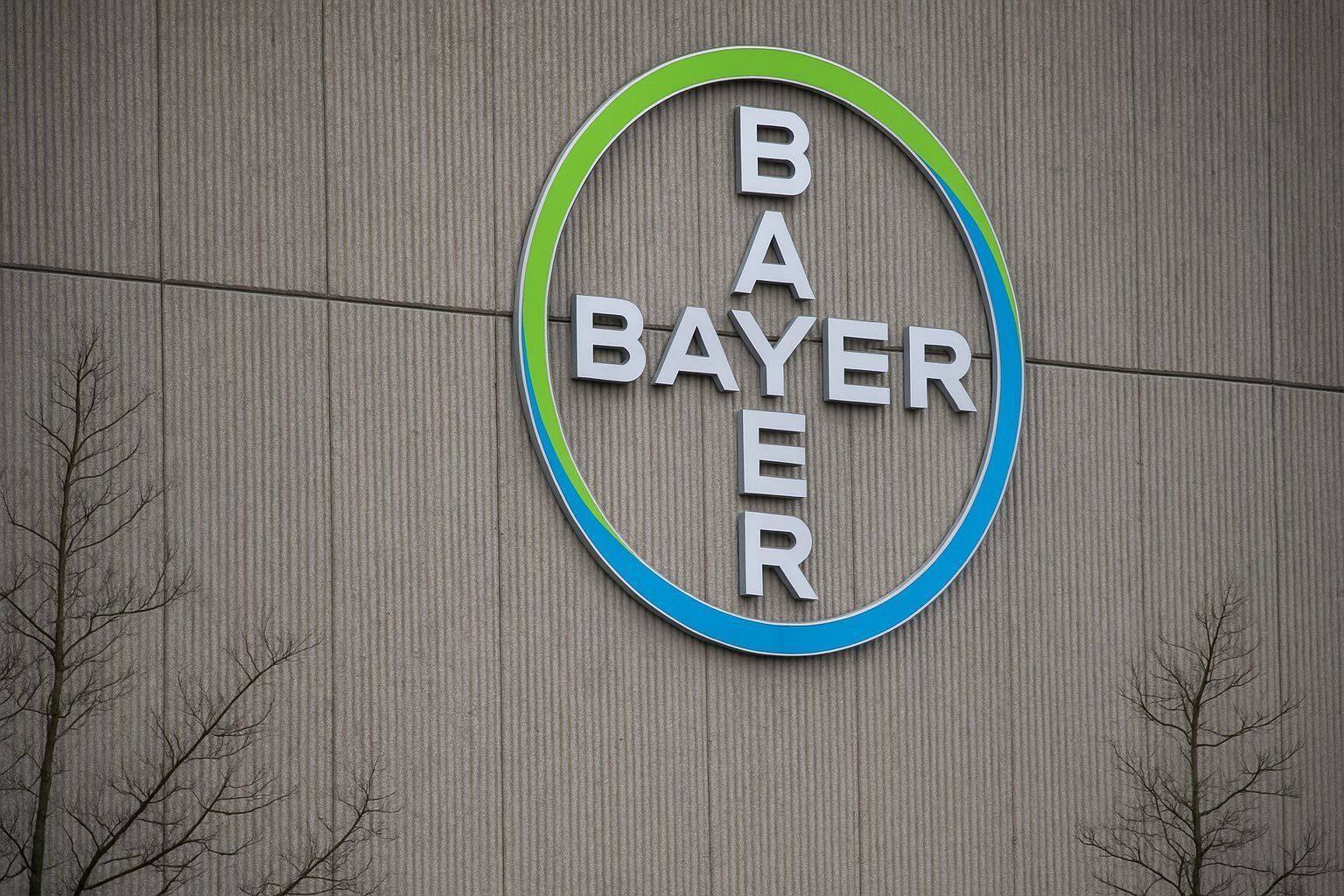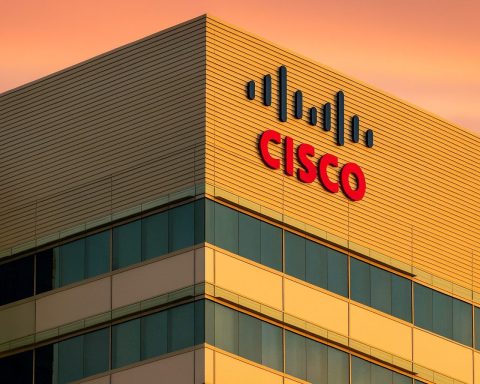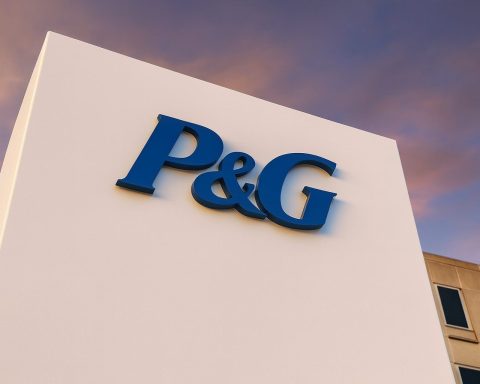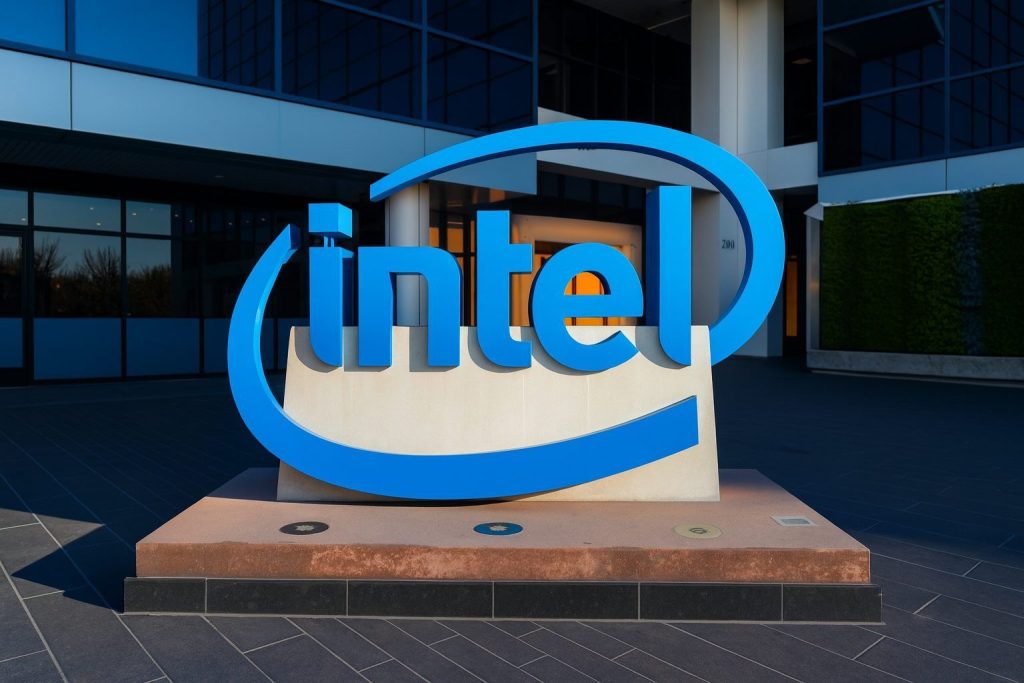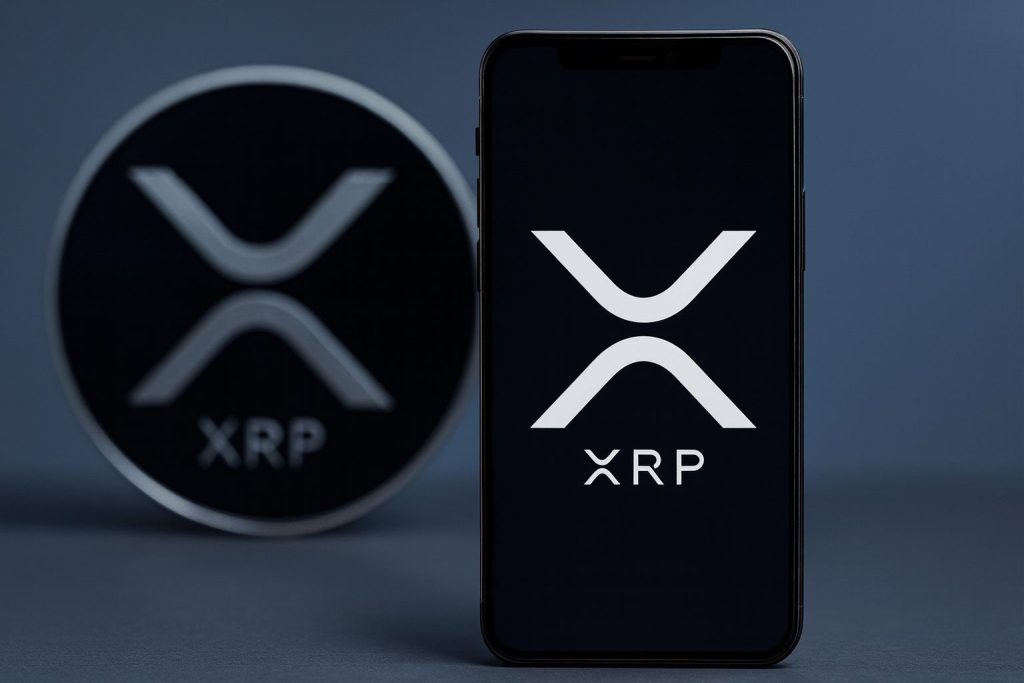Bayer’s share price is having its strongest single session in a long time. On Monday, 24 November 2025, the Bayer Aktie (BAYN) on Xetra jumped roughly 9–11% to trade around €30–31, briefly touching a new year high near €31 and closing a little above €30.5 according to German market data. [1]
The rally was powerful enough for Bayer to top the STOXX 600 leaderboard, with Reuters reporting a gain of about 9.3% by the European close, making the stock the strongest performer in the index. [2]
The driver: a Phase III triumph for the company’s experimental stroke drug asundexian, plus fresh headlines on Roundup litigation provisions and ongoing restructuring. Here’s everything investors need to know about Bayer stock today.
1. Bayer Aktie Today: How the Stock Traded on 24 November 2025
- Price & move: Intraday prices around €30–31, with several German sources quoting levels around €30.4–€30.6, up roughly 10–11% versus Friday’s close. [3]
- Index impact: Reuters notes Bayer gained about 9.3%, topping the pan‑European STOXX 600, helping lift European markets that were already buoyed by renewed hopes of a U.S. rate cut. [4]
- New year high: Finanzen.net highlights that the stock hit a new 2025 high close to €30.99 intraday before easing slightly into the close. [5]
This jump comes after a remarkable recovery in 2025: Zacks/Nasdaq data show Bayer’s U.S. ADRs (BAYRY) were already up over 60% year‑to‑date before today’s move, dramatically outperforming the broader pharma industry. [6]
Even with the rally, though, the share price remains far below pre‑Monsanto‑deal levels, a reminder that litigation and debt are still heavy headwinds.
2. The Big Catalyst: Asundexian’s Phase III OCEANIC‑STROKE Win
What Bayer announced
On Sunday, Bayer released positive topline results from its global Phase III OCEANIC‑STROKE study of asundexian, a once‑daily oral Factor XIa (FXIa) inhibitor. [7]
Key points from Bayer and multiple medical news outlets: [8]
- Indication: Secondary prevention of stroke in patients who have already had a non‑cardioembolic ischemic stroke or a high‑risk transient ischemic attack (TIA).
- Regimen:Asundexian 50 mg once daily on top of standard antiplatelet therapy versus placebo plus antiplatelet therapy. [9]
- Size & scope: Around 12,300–12,327 patients enrolled across more than 700 sites globally, making it a very large cardiovascular outcomes trial. [10]
- Endpoints:
- Primary efficacy: time to first ischemic stroke.
- Primary safety: major bleeding events (ISTH criteria). [11]
- Results:
- Significant reduction in recurrent ischemic stroke versus placebo.
- No significant increase in major bleeding, which is the central promise of FXIa inhibition – reducing clots without the typical bleeding penalty of standard anticoagulants. [12]
Bayer says it will present full results at a major scientific congress (World Stroke Congress 2025 has already accepted late‑breaking data) and then move toward global marketing applications, starting with the U.S. FDA, where asundexian already has Fast Track designation. [13]
Why this is such a big deal
Asundexian was considered a badly wounded asset after Bayer halted its OCEANIC‑AF trial in atrial fibrillation in 2023 because it failed to match apixaban. [14]
Today’s data revive the entire FXIa program:
- First clear Phase III win for any FXIa inhibitor in a major outcomes trial, according to Morgan Stanley and other analysts. [15]
- Positions asundexian as a potential first‑in‑class therapy for stroke prevention.
- Provides a badly needed new growth pillar as key drugs like Xarelto and Eylea lose exclusivity over the next few years. [16]
Biopharma news outlets describe the result as breathing “new life” into asundexian and the broader FXIa class, which had looked shaky after prior clinical setbacks. [17]
3. Analyst Reaction: Billions in Potential Sales, But Caution Remains
Sell‑side analysts reacted quickly this morning:
- Barclays (London) raised its Bayer price target from €25 to €30, keeping a “Equal Weight” rating. The bank now models peak asundexian sales of about €3.2 billion in 2028 and adjusts forecasts upward for prostate‑cancer drug Nubeqa and kidney‑disease drug Kerendia following strong Q3 numbers. [18]
- At the time of the Barclays note, Bayer shares were around €30.4, up ~10% on the day, meaning the new target is roughly in line with the current price. [19]
- Goldman Sachs called the asundexian data potentially “transformational”, estimating around €3 billion in annual sales if the drug executes well commercially. [20]
Finanzen.net’s analyst overview for today shows a cluster of updated opinions: [21]
- Goldman Sachs – Buy
- Barclays – Equal Weight
- Bernstein – Market Perform
- Jefferies – Hold
- JPMorgan – Neutral
- Berenberg – Hold (from earlier in November)
The message: sentiment is clearly improving, but many analysts still consider Bayer a “show‑me” story until litigation risks and leverage are further reduced.
4. Fresh Litigation News: Another €1 Billion for Roundup Cases
While investors focused on asundexian, Bayer also faced new headlines on Roundup litigation reserves today.
Industry publication OFI reports that Bayer has set aside another €1 billion for U.S. glyphosate (Roundup) lawsuits, bringing total provisions close to €7 billion. The article notes that as of mid‑October, the company had about 65,000 unresolved claims out of roughly 197,000, having settled or seen dismissed around 132,000 cases. [22]
This comes on top of:
- A €1.2 billion increase in reserves announced in July 2025, taking Roundup‑related provisions to about €6 billion at that time. [23]
- Q3 2025 litigation charges of €934 million for Roundup and PCB cases, per Reuters. [24]
Despite stronger operating performance, these charges helped push Q3 net income to a loss of around €1.0 billion, even as earnings before special items beat expectations. [25]
Bayer’s own Roundup litigation page, updated this month, emphasises that the company: [26]
- Continues to vigorously defend the safety of glyphosate based on decades of regulatory reviews,
- Is working to “significantly contain” litigation by the end of 2026,
- Is lobbying for state‑level legislation in the U.S. to limit failure‑to‑warn claims, and
- Has even warned it may eventually withdraw glyphosate‑based products from some markets if liability risks remain unsustainable.
For Bayer Aktie holders, today’s additional €1 billion provision is a reminder that legal risks remain very real, even as the pipeline finally delivers some good news.
5. Capital Structure: Shareholders Approved a 35% “War Chest” in April
To make sure it can deal with potential future settlements without over‑leveraging its balance sheet, Bayer asked shareholders earlier this year for an unusually large capital buffer.
At the Annual Stockholders’ Meeting on 25 April 2025, shareholders voted to create “Authorized Capital 2025”, giving the Board the ability (with Supervisory Board approval) to:
- Issue up to €875 million of new share capital, equal to just under 35% of current share capital,
- Via one or several rights issues up until 24 April 2028,
- Generally with subscription rights for existing shareholders. [27]
Bayer and commentators stress that:
- This authorization is a contingency tool, not a signal of an imminent rights issue. [28]
- The company wants the option to raise equity only “if absolutely necessary” to resolve U.S. product‑liability litigation on acceptable terms. [29]
For investors, that means that equity dilution risk is on the table, but not yet activated. A big, clean settlement wave in the U.S. could still come with a sizeable capital increase attached.
6. Fundamentals Check: Q3 2025 Showed Stabilisation but Not Salvation
The asundexian news lands on top of solid but not spectacular Q3 2025 results.
According to Bayer, Zacks and multiple investor presentations: [30]
- Group sales: About €9.7 billion (Q3 2025), down 3.1% reported, but up 0.9% on a currency‑ and portfolio‑adjusted basis.
- EBITDA before special items: Around €1.51 billion, up roughly 20–21% year‑on‑year, beating market expectations thanks largely to Crop Science. [31]
- Core EPS:€0.57, up ~138% year‑on‑year. [32]
- Net income: Still a loss of ~€1.0 billion, mainly due to litigation‑related special charges. [33]
- Net financial debt:€32.7 billion as of 30 September 2025, down €0.6 billion versus Q2 and about €2.3 billion year‑on‑year. [34]
- Free cash flow:€0.6 billion, down ~48% versus Q3 2024, largely because of higher settlement payouts. [35]
Bayer confirmed its full‑year 2025 outlook, expecting: [36]
- Sales: €46–48 billion
- EBITDA before special items: €9.7–10.2 billion
- Core EPS: €4.80–5.30
- Free cash flow: €1.5–2.5 billion
- Net financial debt: €31–32 billion by year‑end
So while today’s rally is dramatic, it is happening against a backdrop of:
- Heavy debt,
- Ongoing legal payouts, and
- A full‑year guidance that still implies subdued profitability relative to pre‑Monsanto days.
7. Other 2025 Pipeline & Business Updates Relevant to Today’s Move
Today’s enthusiasm for the Bayer Aktie isn’t just about one drug; it’s about the sense that pipeline momentum is finally building after years of setbacks.
Recent 2025 highlights include:
- HYRNUO® (sevabertinib) – U.S. FDA approval on 20 November 2025 for certain HER2‑mutated non‑small cell lung cancers, adding a targeted oncology asset to Bayer’s portfolio. [37]
- Lynkuet™ (elinzanetant) – U.S. approval in October 2025 for vasomotor symptoms due to menopause, marking the first dual NK1/NK3 receptor antagonist on the U.S. market. [38]
- Agriculture – A new proof‑of‑concept collaboration with UK‑based FA Bio on fungal bioinsecticides for oilseed rape, part of Bayer’s push into biological crop protection. iGrowNews notes that despite this, Bayer’s shares in the ag‑stocks basket fell 2.84% during the week of 17–21 November as the broader agriculture sector weakened. [39]
German commentary (for example, TraderFox) is already asking whether 2025 will go down as the “turnaround year” for Bayer, citing debt reduction, pharma progress and the prospect of renewed growth from 2026. [40]
Today’s asundexian surprise clearly strengthens that narrative.
8. What Today Means for Bayer Stock Investors
Putting it all together, here’s how the picture looks after today’s move:
Bullish arguments strengthened today
- Pipeline credibility restored:
- Asundexian’s Phase III win in secondary stroke prevention transforms a previously doubtful asset into a potential multibillion‑euro product, right when Bayer needs new blockbusters. [41]
- Recent approvals for HYRNUO and Lynkuet improve the diversification of the pharma portfolio beyond Xarelto and Eylea. [42]
- Valuation support:
- Even after a year‑to‑date rally north of 40–60% on various listings, Bayer still trades at a discount to many large‑cap pharma peers, in part because of litigation overhang and weaker recent earnings. [43]
- If asundexian, Nubeqa, Kerendia and new oncology assets execute well, the earnings power for the late 2020s could be materially higher than currently modeled in bearish scenarios.
- Deleveraging in progress:
- Net financial debt is slowly trending down from mid‑2024 levels and is guided to fall further into the €31–32 billion range by year‑end 2025. [44]
The bear case hasn’t disappeared
- Roundup & PCB litigation still dominate the story:
- Fresh provisions of around €1 billion today, on top of the €1.2 billion added in July, show that Bayer still cannot reliably cap its U.S. liability. [45]
- Tens of thousands of claims remain unresolved, and the company continues to lose some high‑profile verdicts even as it wins others.
- Balance sheet and dilution risk:
- With €32.7 billion in net financial debt, Bayer is still highly leveraged for a company facing ongoing litigation and a big business transformation. [46]
- The Authorized Capital 2025 framework means that a large rights issue (up to ~35% new shares) is now fully authorised and could be used if litigation escalates or if management pursues a “big bang” settlement. [47]
- 2025 remains a “trough” year for profits:
- Management has repeatedly described 2025 as the hardest year of the turnaround, with EBITDA expected to decline before recovering from 2026 onwards. [48]
What to watch next
For anyone following the Bayer Aktie after today’s rally, the key upcoming catalysts are:
- Full asundexian data at a major stroke congress and subsequent regulatory filings.
- Further litigation developments – especially large jury verdicts, major settlements, or possible U.S. Supreme Court action on glyphosate pre‑emption. [49]
- Capital allocation decisions – whether Bayer actually taps its newly approved authorized capital, or continues to rely solely on internal cash generation and debt markets. [50]
- Execution of restructuring and cost‑saving plans, including thousands of job cuts aimed at lifting margins from 2026 onward. [51]
9. Bottom Line: Bayer Aktie on 24 November 2025
On 24 November 2025, Bayer stock is rallying hard because the market is finally seeing a credible upside story:
- A high‑profile pipeline win (asundexian) that could generate multi‑billion‑euro sales,
- Signs of operational stabilisation in Q3,
- And a restructuring programme that might begin to pay off from 2026.
At the same time, litigation and leverage are still the main anchors on valuation, and today’s extra Roundup provision underscores that the legal saga is far from over.
For now, the balance of news flow today clearly tilts positive: investors are re‑rating Bayer from “terminal value trap” toward “complex turnaround with real upside” – but with a legal and capital‑structure asterisk that no one can ignore.
This article is for informational purposes only and does not constitute investment advice or a recommendation to buy or sell any security.
References
1. www.finanzen.net, 2. www.reuters.com, 3. www.finanzen.net, 4. www.reuters.com, 5. www.finanzen.net, 6. www.nasdaq.com, 7. www.bayer.com, 8. www.tctmd.com, 9. www.bayer.com, 10. www.tctmd.com, 11. www.tctmd.com, 12. www.tctmd.com, 13. www.businesswire.com, 14. www.reuters.com, 15. www.tipranks.com, 16. www.ft.com, 17. www.biopharmadive.com, 18. www.finanzen.net, 19. www.finanzen.net, 20. m.fastbull.com, 21. www.finanzen.net, 22. www.ofimagazine.com, 23. www.reuters.com, 24. www.reuters.com, 25. www.marketscreener.com, 26. www.bayer.com, 27. www.bayer.com, 28. www.ft.com, 29. www.reuters.com, 30. www.marketscreener.com, 31. www.marketscreener.com, 32. www.nasdaq.com, 33. www.marketscreener.com, 34. www.bayer.com, 35. www.marketscreener.com, 36. www.investing.com, 37. www.bayer.com, 38. www.bayer.com, 39. igrownews.com, 40. www.finanzen.net, 41. www.nasdaq.com, 42. www.bayer.com, 43. www.nasdaq.com, 44. www.bayer.com, 45. www.ofimagazine.com, 46. www.bayer.com, 47. www.bayer.com, 48. www.ft.com, 49. www.bayer.com, 50. www.bayer.com, 51. www.reuters.com
